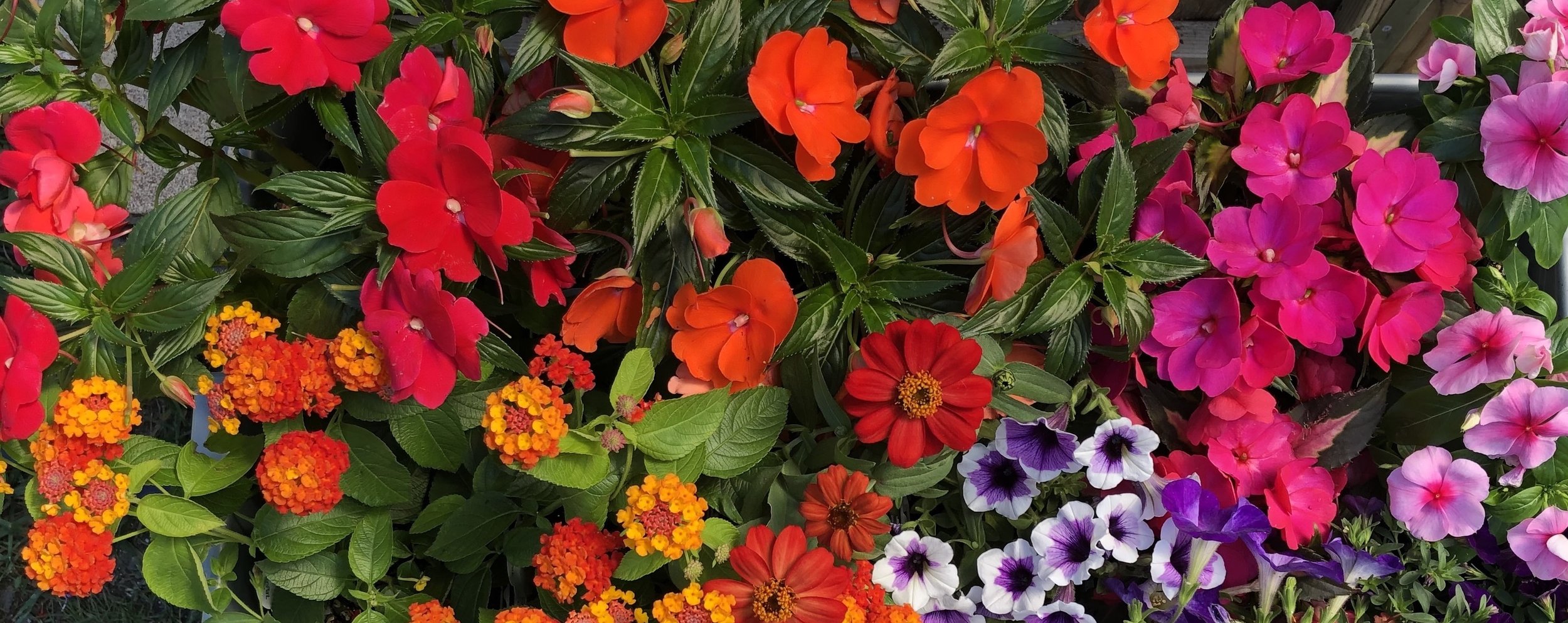The Perennial Question about Perennials
People often ask us to design their planters with plants that “will come back next year.” It seems like a good idea, right? Plant it once and have it continue to look good indefinitely. But that’s not usually how it works with perennials in planters for several reasons:
1) With few exceptions, perennials have short bloom periods. Part of the art of landscape design is making sure there are things blooming at different times in your yard. In a pot with only room for a few plants, you may not have much going on most of the time. When we do use perennials in our groupings, we are generally using them for their foliage, or we’re purposely keeping something aggressive (like mint) contained!
2) Perennials in pots don’t always survive the winter. Their roots are subjected to much greater temperature and moisture variation than plants in the ground which stresses and weakens the plant. So while they are “coming back” in theory - it doesn’t always work in practice.
3) Plants that do survive get bigger. Roots keep growing in the fall, even when stems and leaves go dormant. In the second year, one perennial plant may hog the whole pot; by year three even the one plant may be too big for the original pot.
If you still want your perennials in pots here are three tips to make it work well: 1) Look for interesting foliage texture and color - you’ll be looking at foliage more often than flowers. 2) Create groups of pots each with a single perennial plant rather than grouping the plants in a single pot - that gives everyone their own space to grow. 3) Plan to move plants out into the yard or into bigger pots next year, or to divide/root prune and replace the potting mix to keep perennials in their original size pots.


